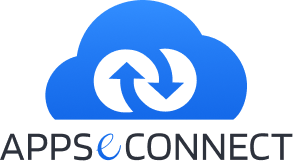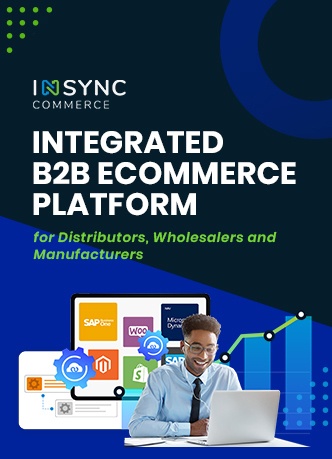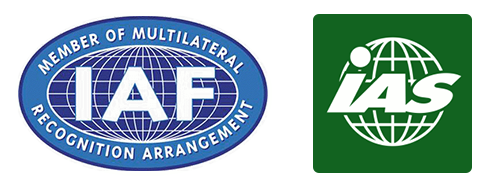In our previous article on Internet Marketing Strategies that work in Online Retail, we talked about SEO being a key focus area of digital marketing. While talking to some online retailers, I realize that SEO is not a topic that is easily grasped by them. At the same time, it is an important topic for them to understand. This article is an attempt to provide a short introduction to this subject for someone who is an internet-user but not a geek. If you are geek, these 2 articles are enough to get you grounded in SEO, don’t read any further in this article: SEO (Wikipedia) and Introduction to SEO.
There are 4 ways in which internet users reach a particular site on internet:
- Someone tells them the address of the site (say a coupon they got on email or paper mail which has the address of the site) and they reach the site
- They are looking for something by searching using Google (or other search engines) and they see a link to this site which seems interesting to them
- One of their contacts in social media sites like Facebook, LinkedIn, G+, etc. shares/follows/likes a link and they click on it
- They see an ad online and click on the link mentioned in the ad
Given that there are too many sites in Internet doing too many similar things, people increasingly rely on searches to find the site they want to use; so much so that Google is a verb now synonymous with search. Given this reality, if a site doesn’t show up prominently in the search results page, it is unlikely to get users’ attention. SEO is a collection of tips and tricks that enable a website to show up prominently on the search results page.
Here are some terms that are useful to know when discussing SEO topics:
- Crawler: All search engines work in the same way – they have an application called crawler which visits a new site, follows all the links from there, and creates a list of these pages and important key words it finds, and stores it in its index. When a user searches, results are shown from this index (that is why search results come so fast!). Quality and Speed of crawler will determine how quickly a new site is available in search results.
- SERP: SearchResults Page, the page you see when you search for a keyword or phrase on http://www.google.com. This is where all your SEO knowledge is tested: if you did a good job on your site, your page should be on the first page of the search results, and if it is the first link in the result, it is great for you!
- Sponsored Results: These are the ads that are shown on the top and on the side of main search results in SERP. These are the ads people buy through Google’s advertising network.
- Organic Results: Links in the main search results on SERP. These results are derived out of Google’s proprietary algorithm (called PageRank) which takes into account the page’s incoming links, content relevance and quality, and many other factors in order to come up with a highly relevant result for the search user, and most importantly, can’t be influenced by ads or other monetary aspects.
SEO is all about attempting to influence the positioning of your links on SERP organic results by leveraging what is known about PageRank algorithm. Note that if PageRank could be a perfect algorithm that could guess user’s intent and sort the web in the decreasing order of relevance of the site by perfectly understanding what a good content is, SEO may not have existed and you would invest instead on producing great content on your site. However, that perfect algorithm can’t exist: user intent can’t be guessed perfectly, and not even human beings can decide what is the best and most relevant content for a given intent, so an algorithm obviously can’t do it. SEO attempts to leverage the subjectivity in these algorithms by playing with a few known attributes of the PageRank algorithms.
Here are the parts of a website that SEO focuses on:
- Keywords: This is obvious but worth stating: if the keywords mentioned in the search query is mentioned in your page enough times (genuinely and in context), Google engine will assume your page is very relevant and show it high enough. To make sure people don’t misuse this by filling their site with useless mention of keywords without any useful content, Google applies some algorithms to identify spurious use.
- Meta Tags: These are html tags added to the content which are not visible to the people reading the content but is available to crawlers. These details are used to further categorize the results and influence page relevance.
- Links: Everything about the link counts: name of the link, anchor text (the text which when clicked will follow the link to another page), PageRank of links pointing to your site, etc. A big category of SEO techniques (mostly illegal/unethical) rely on getting others sites to point to your page; this is the reason why you see so many spam comments if you have a blog (since comments allow you to have a link that points to the website of the commenter – easy way to get an incoming link to your site).
- Content: Again, obvious but worth stating: the more meaningful, original and relevant content your site has, the better results you will get. This is not strictly an SEO technique, this is just about creating content well.
At a high level, this is all you need to know about SEO. Even when some SEO expert gives you complex-sounding descriptions, ask them to explain their SEO strategy and fit it in above descriptions. You will be able to separate SEO experts who know what they are talking about from those that are just riding the SEO wave to make quick bucks. There is no better way to waste money than to hire an ‘SEO guru’ who only knows the techniques and not why he uses them.












